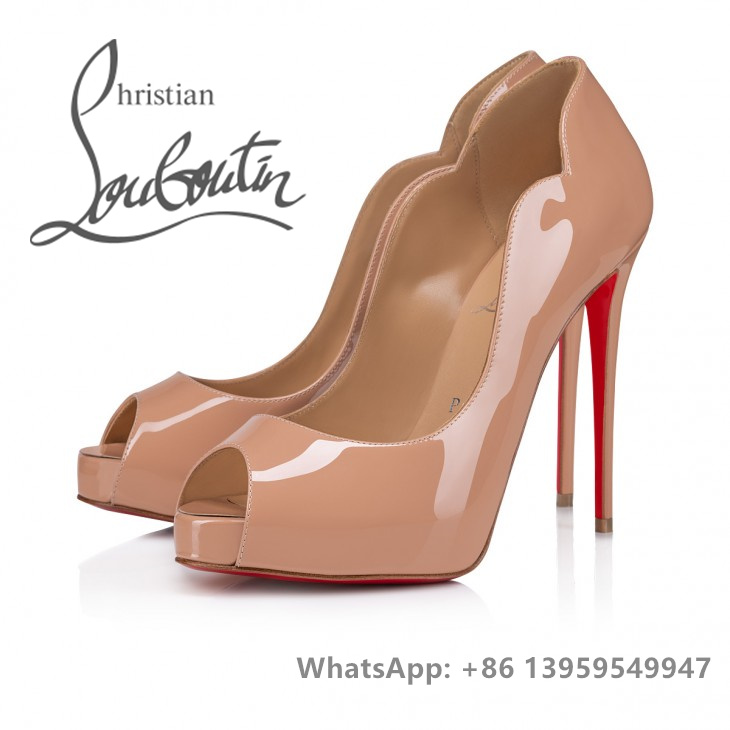.jpg)
Red Sole – Knockoff Louboutins Outlet
Table of Contents
19th century
By the 19th century, the invention of photography and its rapid popularity in pornography had spawned a quirky convention of depicting women wearing nothing but knockoff Louboutins outlet shoes.High shoes still maintain a connection with the irrational image of women. An agitator against female suffrage wrote in the New York Times in 1871: “Suffrage! The right to hold public office! Let us first see which woman has reason and taste enough to dress her comfortably and not Shoes that ruin gait, walk graciously down Fifth Avenue.”
Early 20th Century
With knockoff Louboutins outlet weighed down by all this baggage, it’s no wonder that high heels couldn’t have a place in men’s fashion—even when men’s height was a cultural focus in the early decades of the 20th century. Some pseudoscientific concepts have introduced Darwin’s concept of survival of the fittest, which directly links male height and sexual attractiveness. Heels could have returned to men’s fashion, but they were rejected. Men wearing high heels detracts from their masculinity, accentuates their natural lack of height, and artificial height doesn’t give them any advantage.
However, it is still a cultural norm for women to wear high heels. Even in the realm of fashion, high-heeled knockoff Louboutins outlet are temporarily out of fashion, and in the realm of eroticism, they have always stood tall. After World War II, this connection gave birth to the invention of the stiletto. The slender high-heeled shoes in the wartime beauty posters became a reality in the early 1950s, and society encouraged women in real life to imitate those pictorial girls. Seductive, mischievous, always wearing stilettos, Marilyn Monroe became the quintessential image of women of the period.
1960s
By the 1960s, knockoff Louboutins outlet had fallen out of favor; too “ripe” for the “Youthquake” style revolution; and too easy for cutting-edge feminists cause trouble. By the ’70s, heels were back in fashion, fitting perfectly with that disco era (and they did appear in some men’s wardrobes at the time).
1980s
In the 1980s, with an unprecedented number of women entering the workforce, being too ambitious was starting to be seen as a detriment to social life—it could make women unattractive. High fashion offers a countermeasure: the soaring “deadly heels”. It can tell each other side by side that a woman’s success is not just because of her business acumen. In the early 2000s, designer high heels were considered “tools of influence” – a term used in a Times report – and the idea that professional women used knockoff Louboutins outlet to manipulate others through their sexy “power” It will still be recognized today.
The link between sexual attractiveness and influence also makes it clear that there is only a brief period of time in a woman’s life when she can appear powerful. Widespread perceptions of the accident at this year’s Cannes Film Festival, in which a handful of middle-aged women wearing flats were denied entry, underscore the problem. With an apologetic gesture, this view seems to suggest that perhaps if these women weren’t so old, they wouldn’t be wearing comfortable flats at all, no matter what grades or connections they came to the festivities with.
This is the ultimate problem with seduction as a tool of influence: Whether you have influence or not depends on the subjective perception of the observer.
Red Sole Designer Talks Indian Movies

If the proponents of wearing knockoff Louboutins outlet claim that they belong to women’s traditional dress, this is also true. Exposed dresses and shoes tucked under skirts are directly related to 18th-century views of gender, 19th-century pornography, and mid-century women’s social status.
Perhaps we can turn this tradition upside down in the 21st century, because we all know now that women’s influence has nothing to do with heel height.